- Best Antibiotics for Horse Wounds: What to Expect When Your Horse Has an Injury - September 20, 2023
- Bronco vs Mustang Horse: Are They the Same? - September 8, 2023
- Thoroughbred vs Quarter Horse - September 8, 2023
It’s scary when our horses get hurt, and not just for them! I know from experience how hard it is to see your beloved horse suffering from a wound, especially if it looks like it is getting infected. Your vet may prescribe antibiotics for horse wounds designed to prevent bacteria from growing, allowing your horses’ wounds to heal correctly.
This process is scary, especially if you’ve never given your horse antibiotics before. What should you expect from these meds, and how do they work?
I’ll give you a rundown on the basic types of antibiotics used for horses when they have wounds, alongside some commonly asked questions about wound care so that you can prepare for what comes next.

The Bottom Line Up Front
Your vet will likely try trimethoprim sulfa (SMZ) as a first port of call. This is an excellent antibiotic for all horse breeds, and they are designed to prevent bacteria from multiplying.
They may also try metronidazole, which is better for deeper wounds, as it can deal with anaerobic infections (these are infections that can grow in areas that receive no oxygen).
The Best Antibiotics for Horse Wounds at a Glance
- Trimethoprim Sulfa (SMZ) – The most commonly used for wounds, these antibiotics work very well for shallower wounds
- Metronidazole – These work on deeper wounds as they can treat anaerobic bacterial infections (which are infections in areas without oxygen)
- Chloramphenicol – A broad-spectrum antibiotic good for different infections, including anaerobic infections
- Aminoglycosides – a range of antibiotics designed to deal with more complex infections
- Silver Sulfadiazine – a topical antibiotic aimed at helping horses with sore skin, burns, or shallower wounds
Guidelines on Horse Antibiotics
Your vet can tell you if your horse needs antibiotics for a wound. They will then prescribe the best meds for your horse, considering the location and severity of the wound and any other symptoms.
You should get your horse checked over if:
- They exhibit signs of pain – for example, they may twist or writhe away from you if you attempt to touch the area
- The wound has a green or yellow discharge
- The wound smells bad
- The site of the injury feels hot to the touch
- The area around the wound is swollen
- They appear unwell or just aren’t acting as they usually are
If any of this applies to your horse, call your equine vet immediately and get it checked out.
The Best Antibiotics for Horse Wounds
The following six antibiotics are excellent for a range of infections. When your horse has a wound, this veterinary medicine may help to prevent the growth of bacteria, remove any infection, and allow the wound to heal correctly.
I know this is common sense, but you should always consult your vet before giving any medication. Most of the following cannot be bought without a prescription anyway, but always follow your equine vet’s guidelines regarding dosage and timing.
Trimethoprim Sulfa (SMZ)
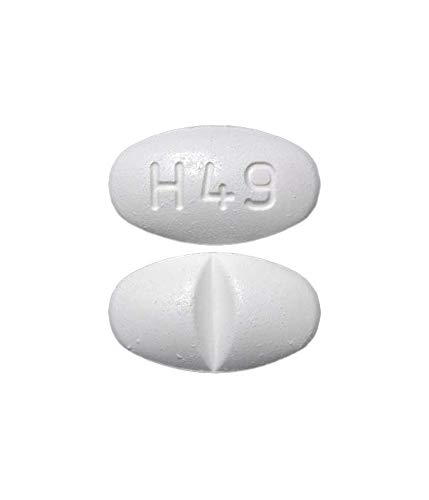
This is one of the most common antibiotics for horses for any bacterial infection. These are broad-spectrum antibiotics designed to stop bacteria from multiplying.
This is the usual first antibiotic to try if your horse is suffering from a puncture wound; equine vets know this to be a reliable antibiotic that tends to work well for any kind of skin infection. Horses can break this down well and usually cope well with the side effects.
This is an oral antibiotic, usually given twice a day. Food may affect absorption, so it’s best to give it on an empty stomach (but your veterinarian will go through this with you when prescribing it).
Common side effects include diarrhea and anemia. However, most horses cope well on SMZ.
Pros
- Great for any kind of bacterial infection or equine wound
- Side effects aren’t too bad
- You only need to give them twice a day
Cons
- Absorption is affected by food
Metronidazole
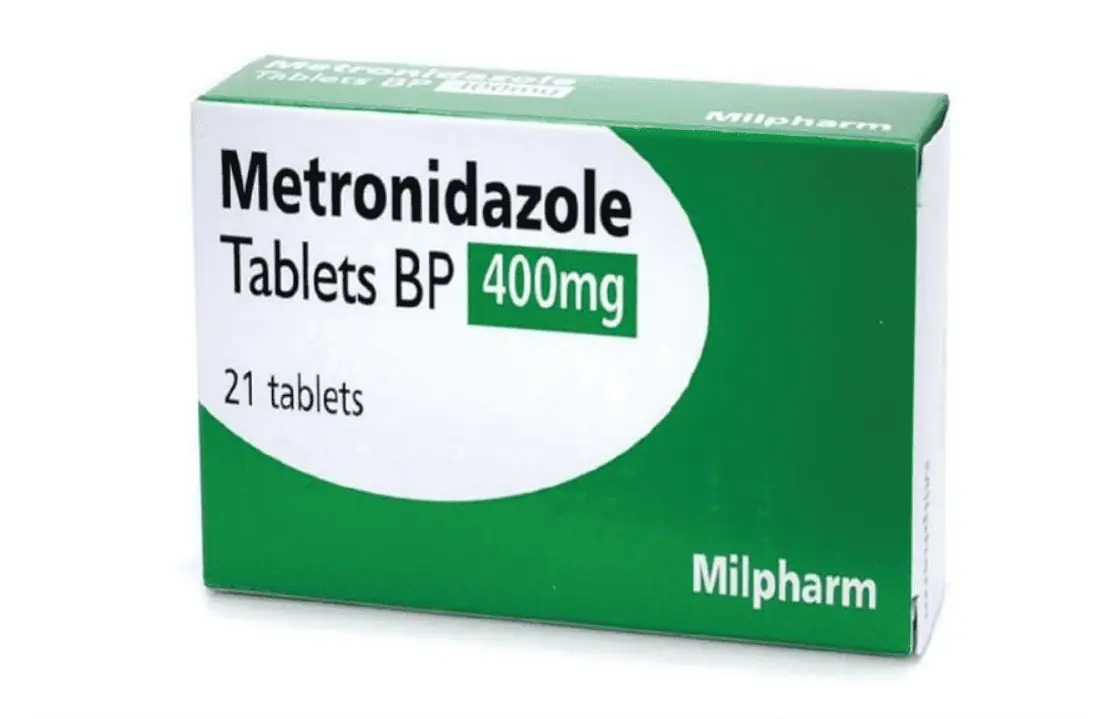
Metronidazole is used to treat anaerobic bacterial infections, which grow in the absence of oxygen. You may be prescribed these for your horse if they have respiratory conditions, for example.
In terms of wounds, they would be used for deep puncture wounds to clear out infections in the deeper layers and are sometimes given in combination with other antibiotics, too. This means that the bacteria on a deep level and a surface level are taken care of.
The side effects of these antibiotics are a little different. They may make your horse feel tired and cause a loss of appetite, which, of course, is really worrying (especially if your horse normally loves their food, like mine does!). Keeping in contact with your vet and taking note of any side effects will be crucial for your horses’ health and your peace of mind.
These are usually given orally administered 2-4 times a day, which means every 6-12 hours. You can also give them rectally.
Pros
- Good for clearing out bacteria from deeper wounds
- Works well in conjunction with other antibiotics
- Suitable for other issues like respiratory infections
Cons
- The horse may lose appetite during treatment
- Have to be given 2-4 times a day
Chloramphenicol
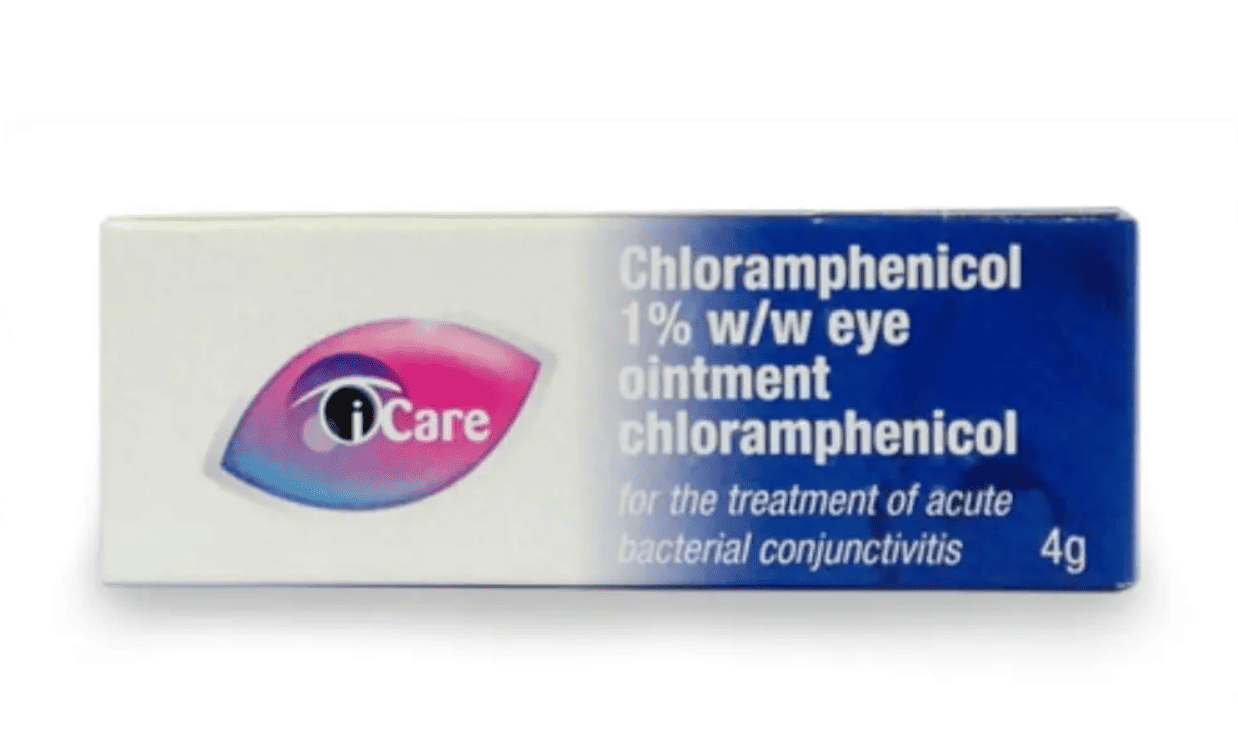
Chloramphenicol is another broad-spectrum antibiotic. It is used for a range of infections, not just wounds, and it can also help anaerobic infections (infections growing in areas that get no oxygen).
Horses can easily absorb these antibiotics, and they work well for deeper wounds. Side effects include allergic reactions (rare but worth keeping an eye out for) and anemia, so your horse may be a little more tired than usual during the recovery process.
The big downside to these antibiotics is that they may cause aplastic anemia in humans. This is a rare but serious condition in which a human’s bone marrow can’t make enough new blood cells for the body to work properly.
Because of this, you must wear gloves when giving this medication and wash your hands thoroughly afterward.
Pros
- Horses can easily absorb these antibiotics
- It can be used to treat a range of infections
- Works well for deeper wounds
Cons
- It can cause aplastic anemia in humans, so you must wear gloves when giving to your horse.
Aminoglycosides
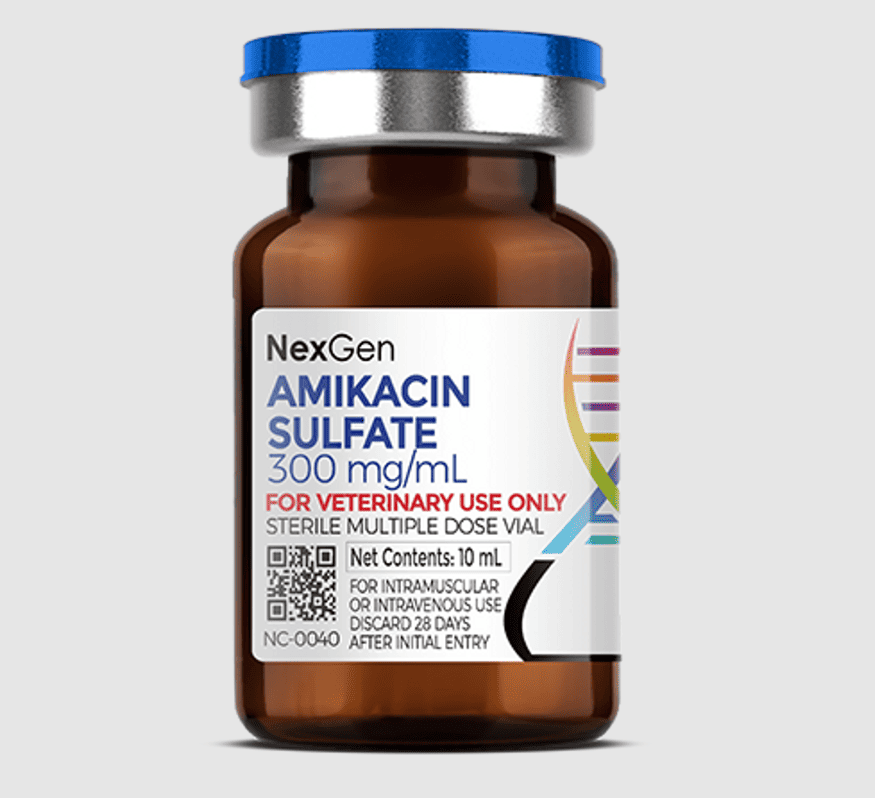
Aminoglycoside antibiotics work by inhibiting protein synthesis, causing damage to cell membranes. That sounds bad, but when you’re trying to break down bacteria, they work incredibly well. Your vet may prescribe aminoglycosides alongside other antibiotics.
These aren’t as commonly used for wounds but may be used for deeper, more complex wounds.
These antibiotics vary in administration but might be given intravenously, orally, and as eye drops in some instances.
The downside is that they’re not as targeted towards wounds specifically. Side effects vary depending on the particular antibiotics prescribed.
Pros
- It can be very powerful when used on more difficult wounds
- It can deal with more complex wounds or injuries
Cons
- Not targeted toward wounds specifically
Macrolides
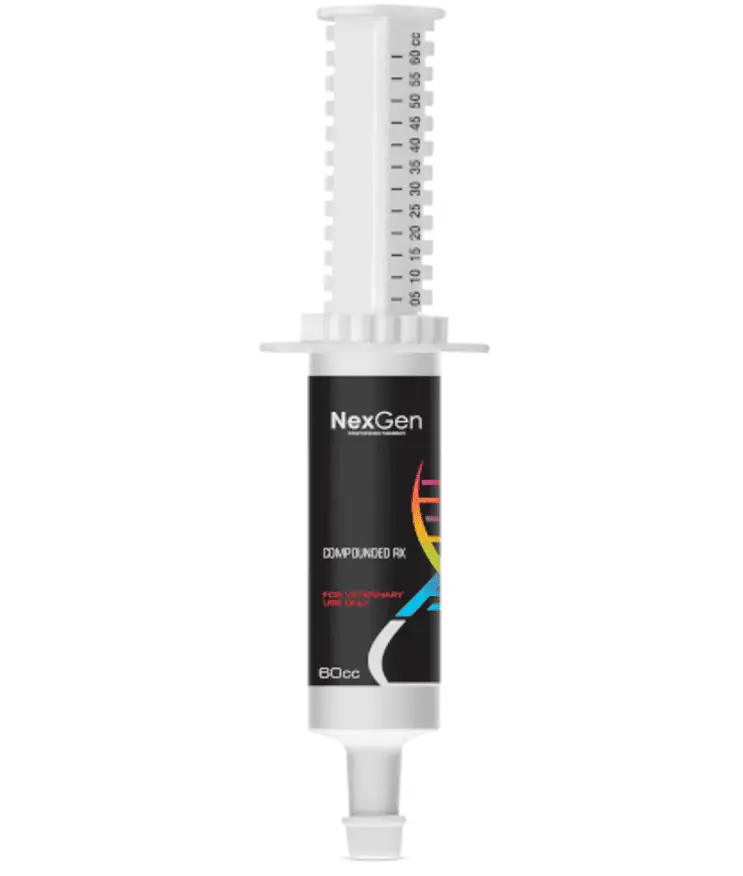
Macrolides are a range of antibiotics targeting a more extensive range of microbes than penicillin. These are usually given for systemic and local infections and are particularly good for upper respiratory tract infections.
These will not usually be given for wounds alone but can be given to treat specific skin conditions, like pyoderma, which can cause skin lesions. These antibiotics might be given alongside other treatment tips like proper cleaning and disinfecting of your horses’ living space, as well as keeping your horses’ equipment separate from other horses.
Macrolides vary in their side effects depending on the kind prescribed. It is usually not considered to be suitable for older horses.
Pros
- Good for specific conditions like pyoderma
- It can be good at dealing with particular infections compared to using penicillin.
Cons
- Not specifically used for wounds from injuries
- Not considered to be suitable for older horses
Silver Sulfadiazine
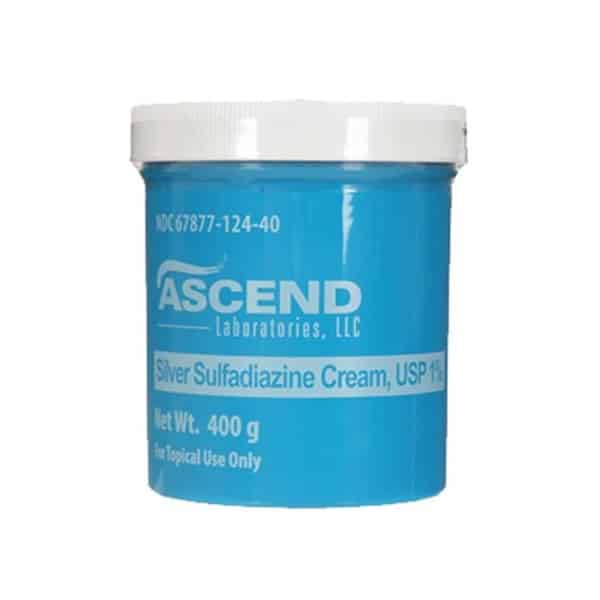
You can also use topical antibiotics for your horses’ wounds. Examples include silver sulfadiazine, otherwise known as silver wound cream. Silver sulfadiazine is very good at killing bacteria and yeast and is fairly affordable.
Silver sulfadiazine is commonly used to treat burns in horses; it can prevent the growth of bacteria, which is important as the skin repairs itself. However, you can use it to help repair damaged skin, so it can work well to keep minor wounds healthy and clean.
This is usually applied as a thin layer as often as your vet recommends. The upside of using topical antibiotics is that they may not have as big of an impact on your horse’s body; however, you will need to keep a close eye on the wound healing process to make sure that they don’t need oral antibiotics, too.
Pros
- It can help repair sore spots and shallow equine wounds
- Fairly affordable
- It may not have as many side effects as oral antibiotics
Cons
- Your horse may still need oral antibiotics if the wound doesn’t clear up
Frequently Asked Questions
Answer: In my experience, it doesn’t take much for a horse to get a cut or a graze! Mine tend to get small sore spots just from walking through the woods – sometimes they’ll brush against something prickly, and that’s all it takes for those small cuts to appear.
They’re also commonly caused by fences, gates, etc. Barbed wire can do some damage, as well as broken fences with sharp edges.
Answer: It depends on the severity of the wound and the infection. Usually, your vet will prescribe five days at a minimum, but treatment can go on for weeks if the infection doesn’t clear up.
Answer: If your horse shows no sign of wound healing by the time the course is coming to an end, call your vet again for more advice. They may need more veterinary attention, and you may need to take different steps for wound management.
My Final Thoughts
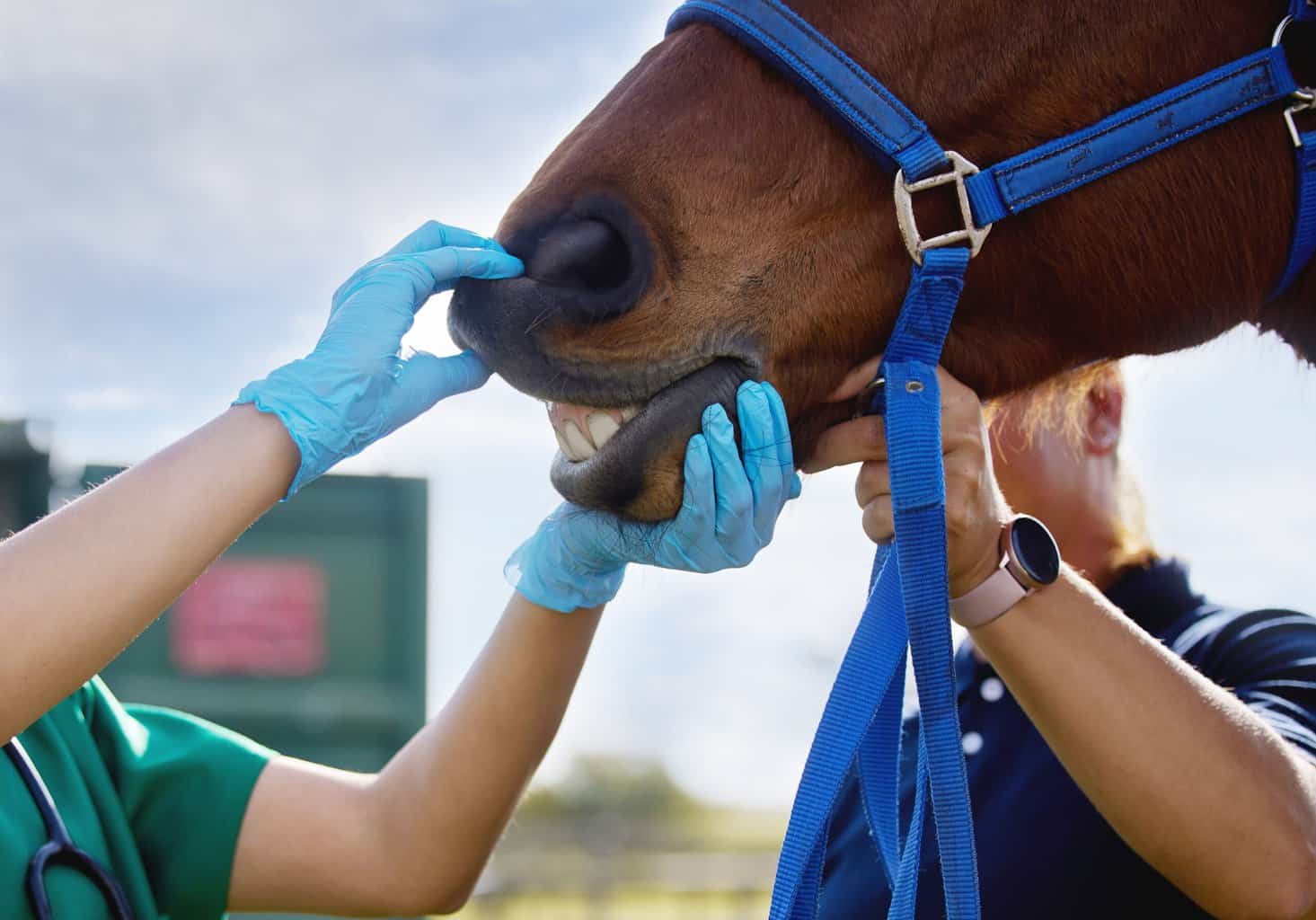
I know how hard it is when your horse has an injury. It can be a worrying time, especially if it’s a bad wound.
However, your vet will be able to help by prescribing an antibiotic treatment. They are likely to prescribe trimethoprim sulfa (SMZ), as it’s perfect for wounds and usually cleans up most minor wound infections with no problems.
However, if your horse has a deeper wound, they may prescribe metronidazole, which is better for more complex infections. If the inner layers of an injury are infected, these will need to be treated with slightly different antibiotics or may be treated with a couple of different kinds at once.
Besides antibiotics, you might be also interested in learning how to boost your horse’s health, so here check out the best horse supplements.

